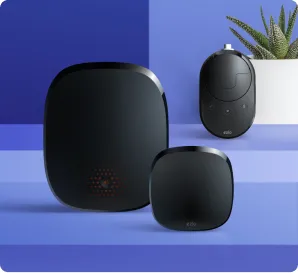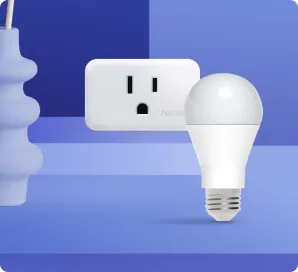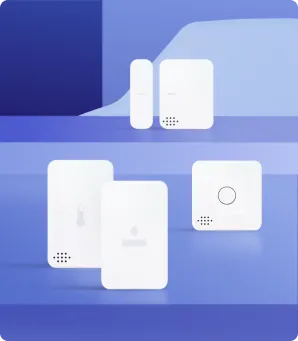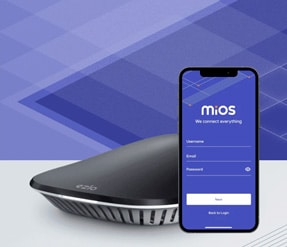If you want to connect your security cameras, you must send footage over a cable or other sort of connection. A common occurrence is using low-cost cable for a security camera system, which results in unnecessary time and money wastage. Before installing a new camera system, it is essential to comprehend the CCTV camera cable varieties.
Security Camera Cable Types
You should also find out the surveillance cameras they are compatible with and the advantages and disadvantages of each cable type. The following guide takes you through to the different CCTV camera cables available in the market today, but before then, here are the factors to consider before buying a CCTV camera cable.
What Factors Should You Consider Before Selecting A CCTV Camera Cable?
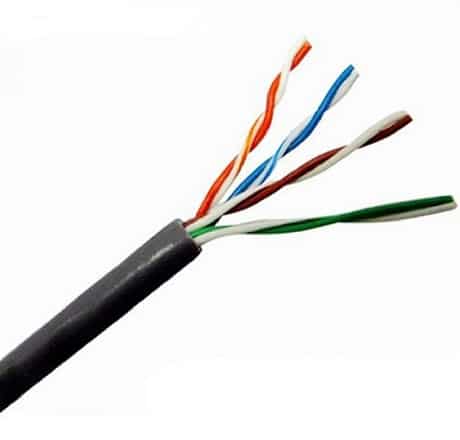
It is crucial to implement a CCTV system for a specific reason, and that reason should influence the sort of camera cable you use. In a professional atmosphere, video signal and quality are essential. A similar approach is also crucial when installing a CCTV system in an apartment complex. Ensure that you select the proper cable and install it in every corner for optimal results.
CCTV Cable Types:
- When installing CCTV systems, the copper conductor of your cable type should be 95 percent pure copper.
- Before anything else, make sure you grasp the specs of each cable type. Once you narrow down your requirements, you can make a more informed decision.
- While selecting the appropriate cable will necessitate some investigation, you should begin considering other factors such as location, power supply, and connections after you decide on one.
- Opt for something more affordable and straightforward to install
Top 7 Types of Best CCTV Camera Cable
CCTV systems typically require connections that improve the quality of video streaming. Several diverse choices are available for connected surveillance that aid in the conveyance of higher-quality video signals and other purposes. Below are the different types of CCTV camera cables.
1. Coaxial Cables
Coaxial cables date back nearly a century. They are still significant in today’s environment mainly because of their excellent property insulation. The insulation prevents any transmission disruption. The copper plate in these cables aids in speeding up data transfer. Because it is available in two different sizes, installation is more straightforward.
2. Siamese Cables
Siamese Cables are often ones with several power wires connected to them. Although they are relatively difficult to manage, they allow for the simultaneous transfer of valuable data and current to security cameras cable types.
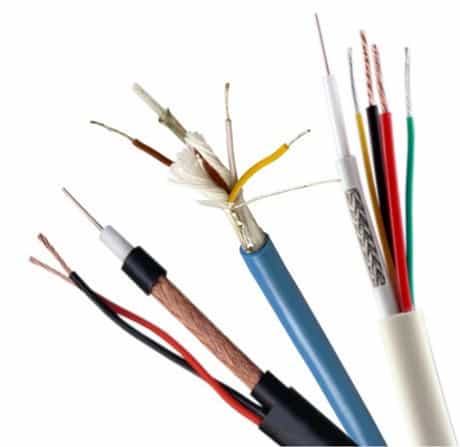
3. Optic Fiber CCTV Camera Cable
The above cables are the most time-consuming and labor-intensive to set up, making them the most expensive alternative. However, it provides superior amplitude and signal strength. However, it does so at a higher price and is more susceptible to damage.
Despite this, the benefits of high-speed data and signal transmission far exceed the drawbacks. The combination of glass tubes and plastic insulators distinguishes them from other cables. This type of cable is more common in commercial installations because it is too pricey for home use.
4. Plug and Play / Video Power Cables:
PnP cables, regarded as a more affordable solution and ideal for quick fixes are popular among many users. The single cable connects the power and video of the CCTV with BNC connectors (Bayonet Neill-Concelman) at either end.
5. Twisted Pair Cables
The above CCTV camera cable is suitable for audio applications, but it is also helpful in video surveillance applications. This cable comprises two insulated copper wires twisted together. Twisted pair cables are easier to set up than coaxial wires because of their low length.
However, this can also be a drawback. While signal disruption might occur regularly, it is not always as long-lasting as one might assume.
6. RG-6
The RG-6 CCTV camera cable with a copper and aluminum construction is best for increased bandwidth. The cable operates at a much higher frequency than others are, making it unsuitable for indoor CCTV systems.
Furthermore, it is significantly heavier than the other varieties, making it ideal for CCTV systems utilized by city authorities, administrations, and law enforcement agencies.
7. RG-59
The RG-59 is comparable to the RG-6. It utilizes a copper plate and is designed for lower bandwidth applications. The cable is particularly well suited for CCTV installations in significantly smaller indoor spaces.
Wrapping Up – Security Camera Cable Types
It is impossible to run a successful surveillance system without the assistance of CCTV camera cables and connectors. Each cable type has its own set of applications, requiring you to consider all of the advantages and disadvantages of each carefully before making a purchase. Choose one that is compatible with your monitoring system and meets your criteria.

